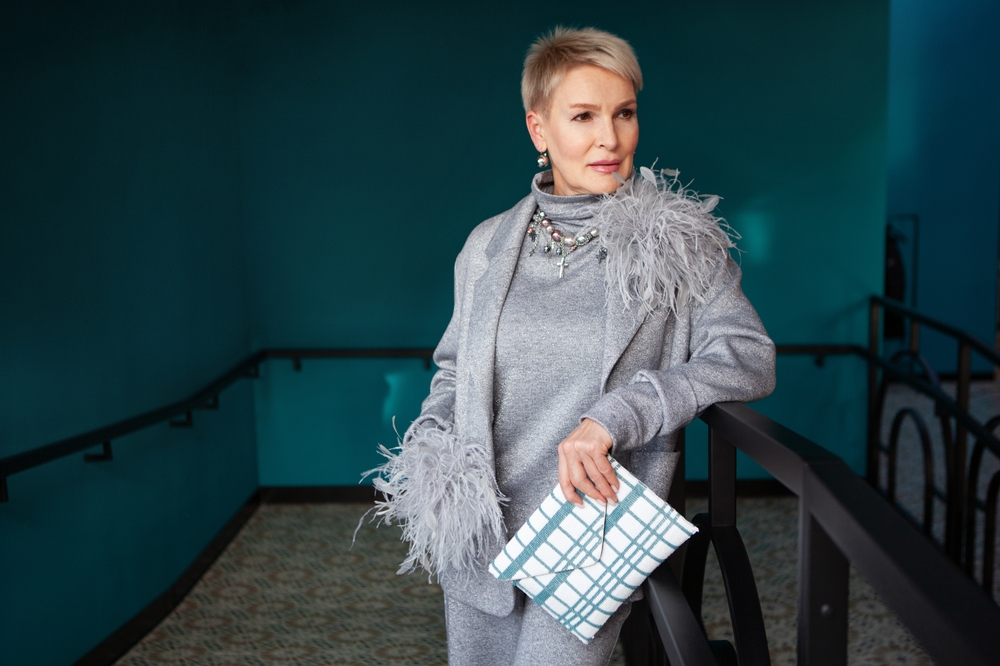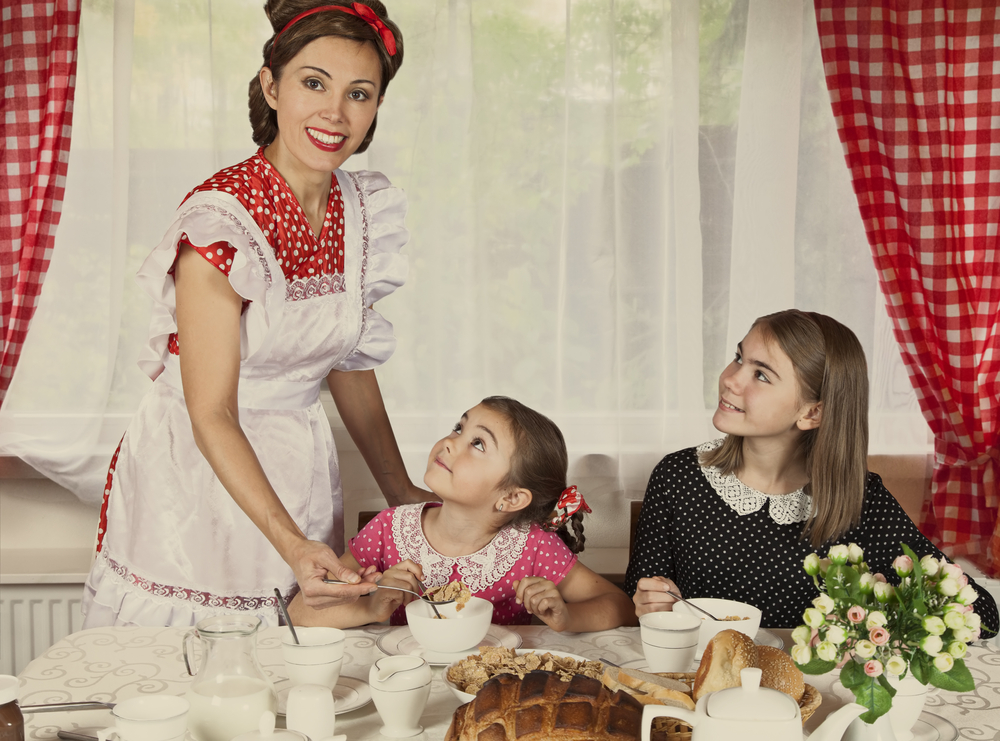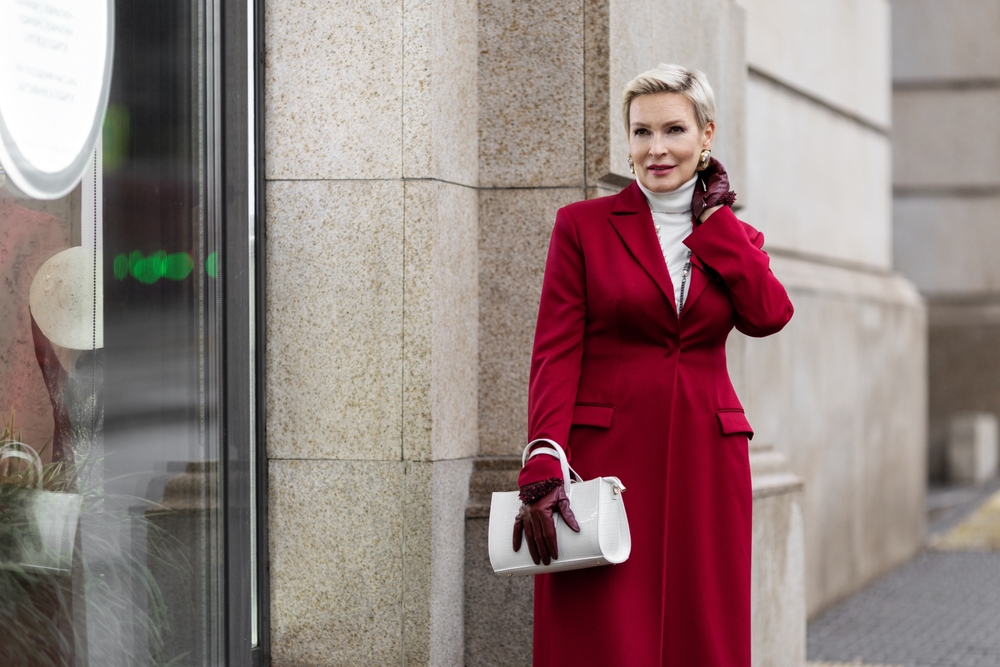These Unsightly Feet Issues Are Unattractive
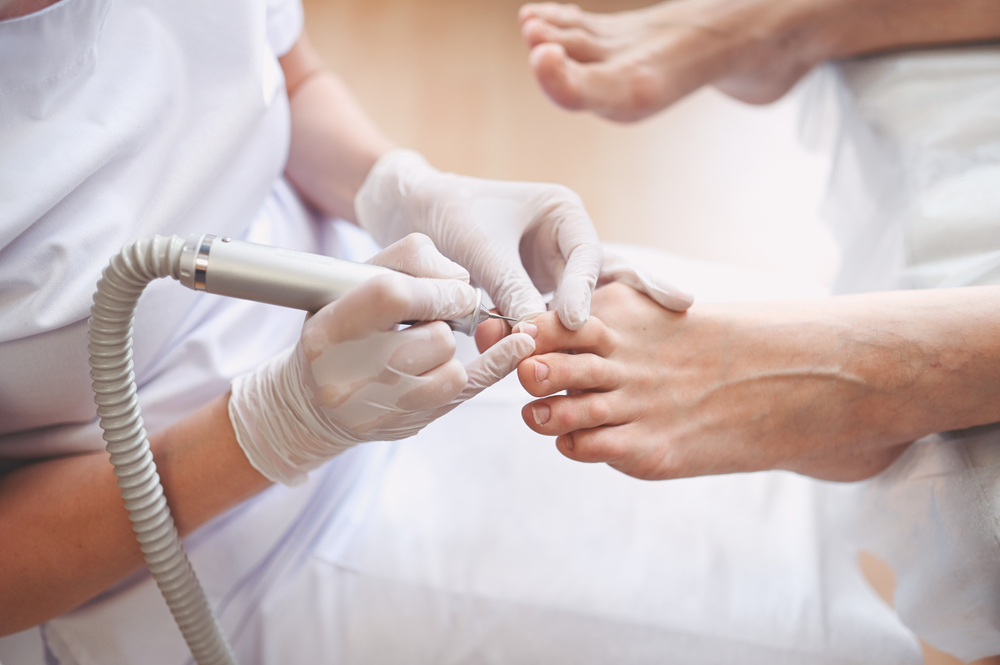
Women give all the beauty and skincare love to their faces and forget about their feet. Our poor feet carry us around everywhere and don’t get the attention and care they deserve. Smooth, hydrated, pedicured feet are chic and sexy and an important finishing touch to your personal style. If you’re neglecting the health and appearance of your feet this could lead to any of these common foot issues which are anything but stylish not to mention a major turn-off.
1. Bad Grooming
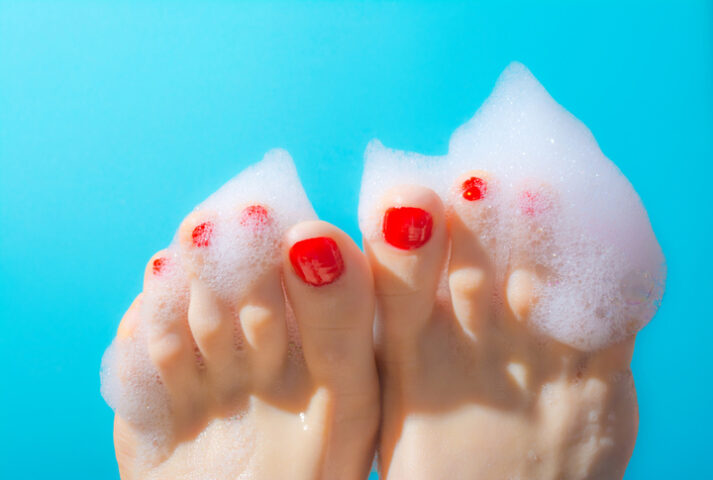
Think health, hydration, and hygiene when it comes to keeping your feet chic and in mint condition. Given our feet are often jammed into sweaty, bacteria-rife shoes this can cause smelly foot odor which is quite the turn-off. Wash your feet daily, keep them well-nourished with moisturizer, use antiperspirant sprays, and wear breathable shoes and socks. Don’t forget to have regular pedicures as well-manicured feet and polished toenails are a style statement.
2. Bulging Bunions
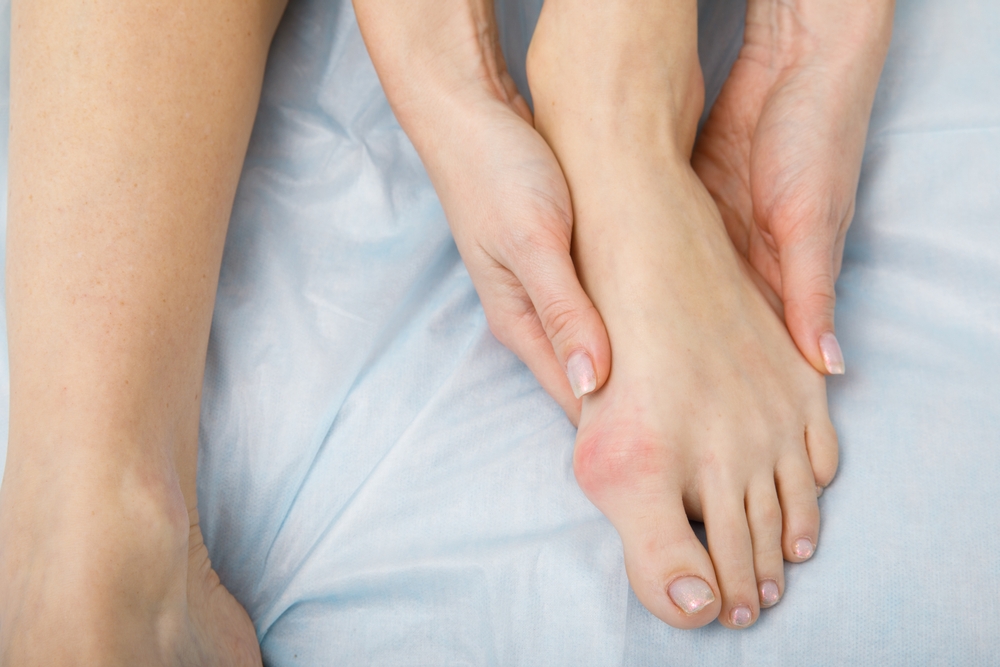
The dreaded bunions are painful, swollen, unsightly bumps that form at the base of the big toe. They can be caused by genetics or subjecting your feet to shoes that are too tight, narrow, and uncomfortable. Talk to a podiatrist about treatment, wear wider shoes, and use bunion pads.
3. Corns and Calluses
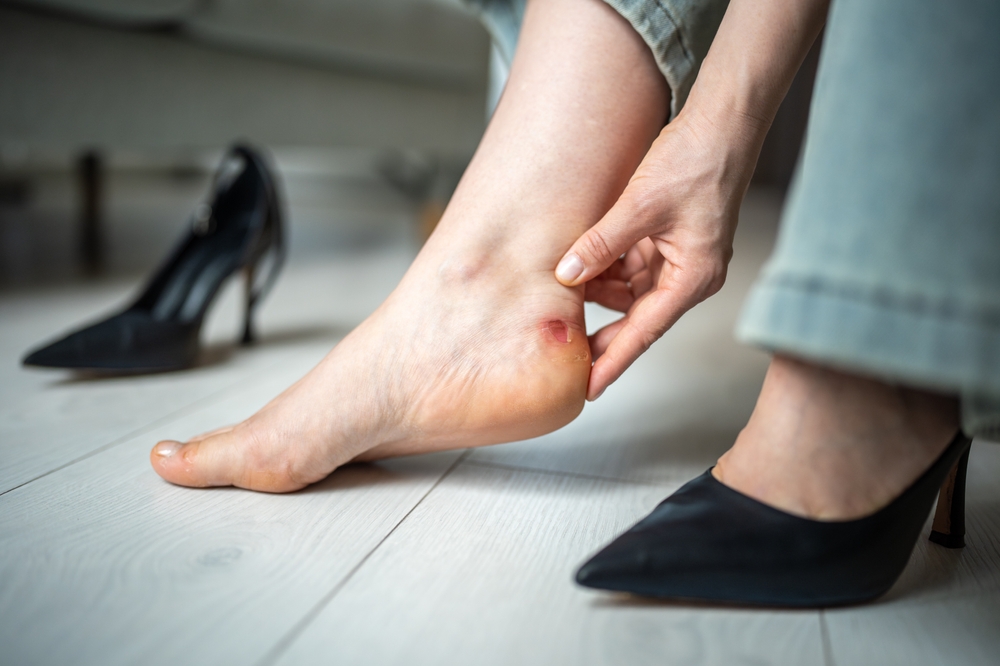
Caused by pressure and friction from wearing shoes, especially ill-fitting ones, corns and callouses appear as thickened, hardened skin on the feet. Keep your feet hydrated with moisturizer, and use pumice stones or a foot file to remove the tough skin.
4. Athlete’s Foot
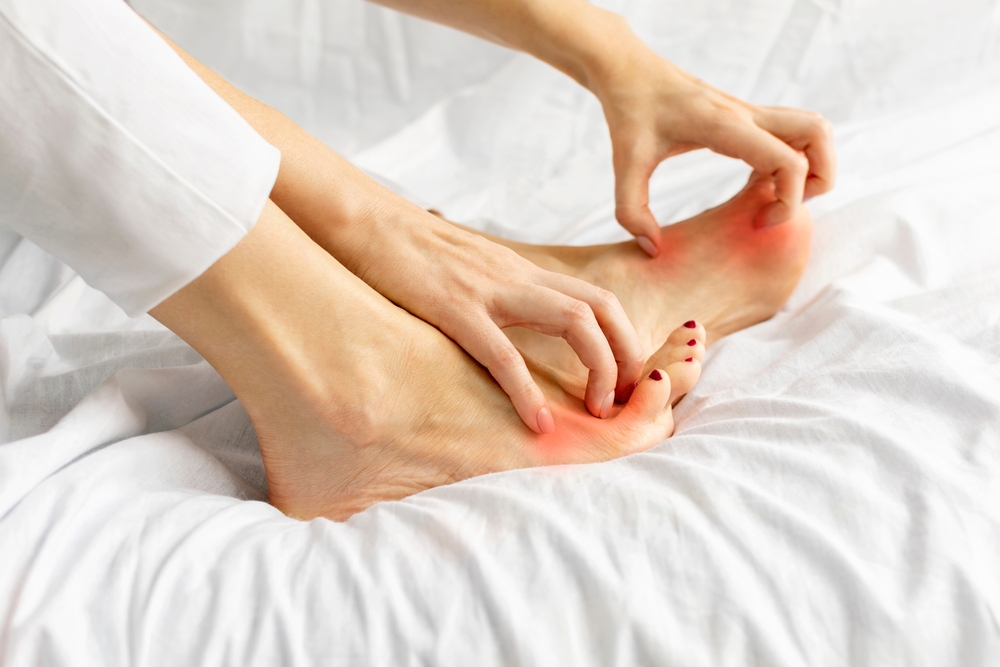
You don’t have to be an athlete to get this fungal infection, which often develops between the toes. Athlete’s foot causes itchy, red, flaking skin and can happen when you don’t dry your feet and toes properly or they are constantly in moist, sweaty shoes. Ward off fungal infections by keeping feet clean, and dry and use anti-fungal creams or powders.
5. Toenail Troubles
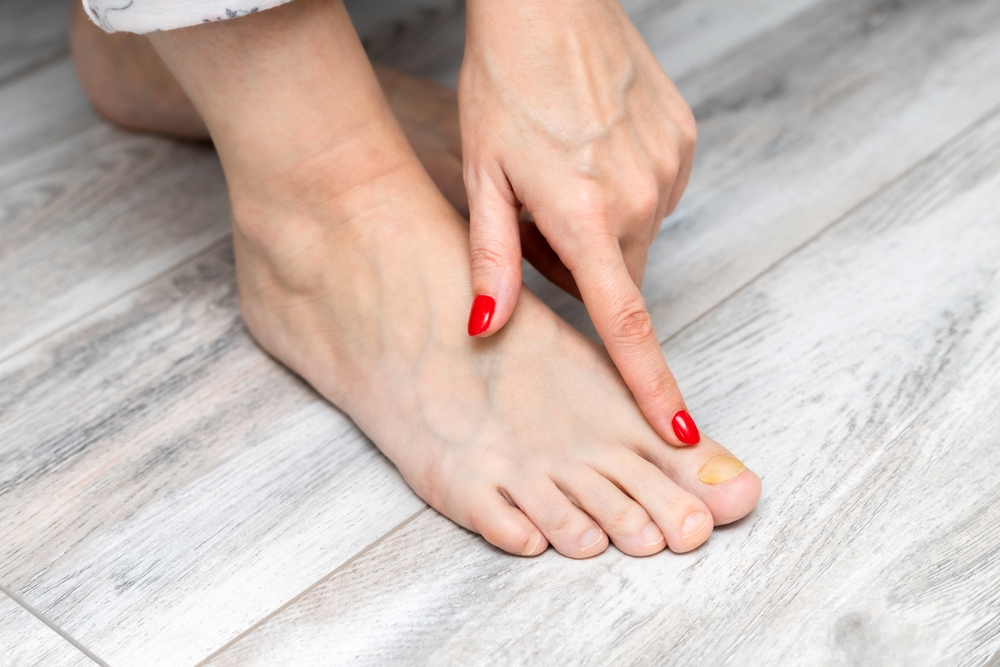
Overgrown, brittle, cracked, yellow, and discolored toenails can be signs of a fungal infection. Maintain the health and appearance of your toenails by keeping them clean and hydrated with moisturizer and cuticle oil. Also, trim them short and straight across to avoid painful ingrown toenails.
6. Cracked Heels
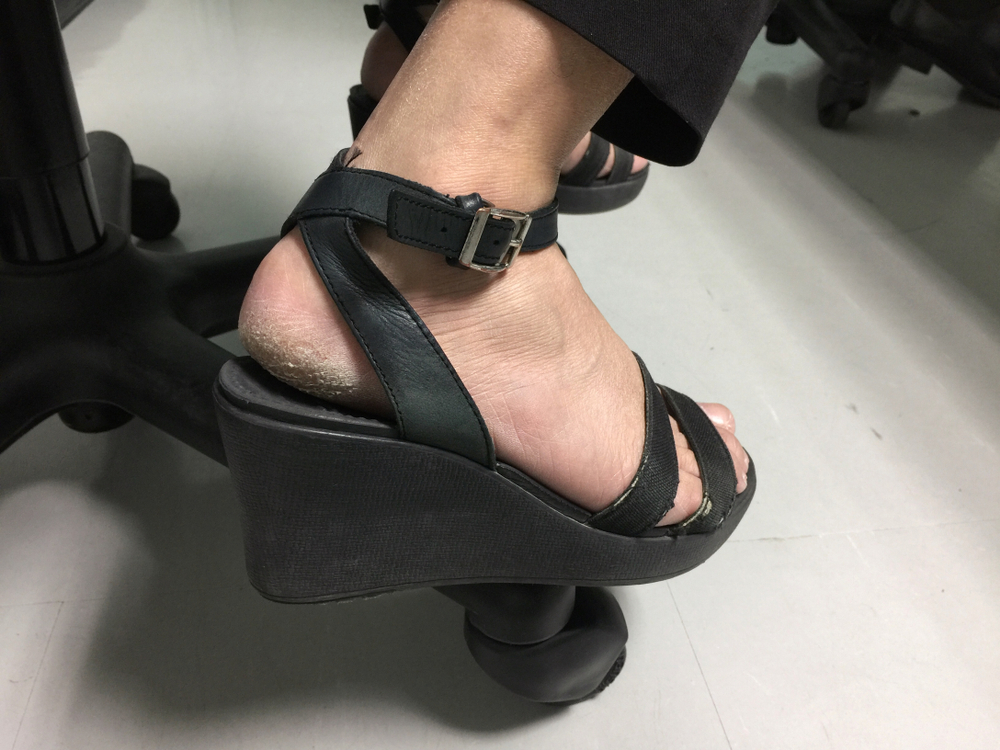
Rough, dry, cracked skin on the soles and heels of your feet is unsightly and can be painful, especially if the raw skin is exposed. Cracked heels can happen from wearing shoes without enough cushioning and support and by neglecting moisturizer. Use a nourishing heal cream or balm or apply a thick layer of Vaseline before bed and sleep with socks on to lock in moisture.
7. Plantar Warts
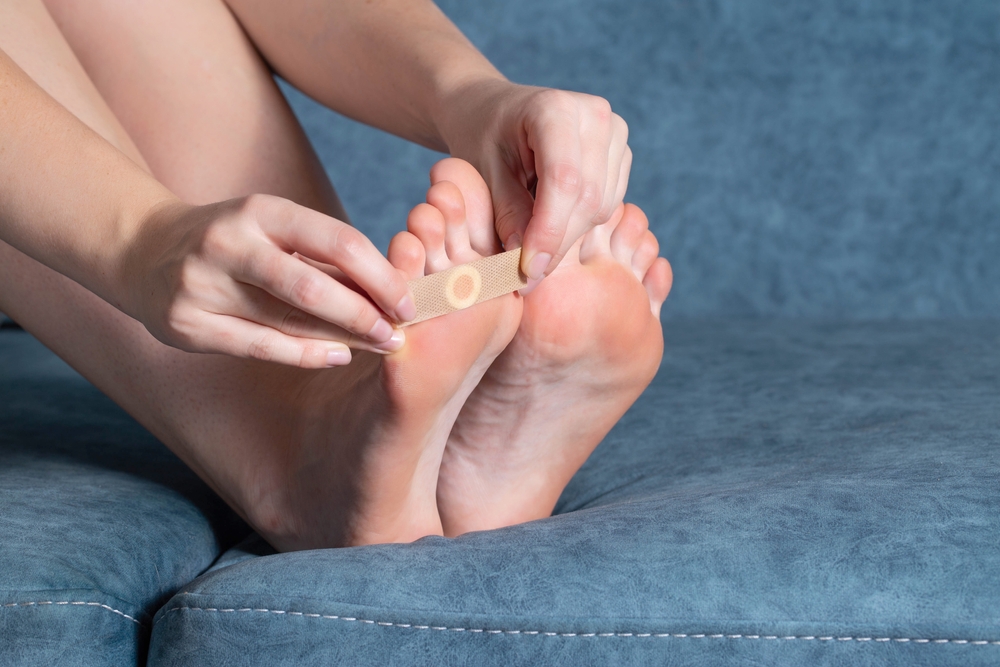
Plantar warts which look like small, rough growths on the soles of the feet are caused by the HPV virus which can enter the body through cuts, breaks, or weak spots on the bottom of the foot. Highly contagious plantar warts can spread through skin-to-skin contact or by sharing shoes, socks, and towels. They can be treated by over-the-counter medication or may need to be frozen off by your doctor.
8. Weird Toes
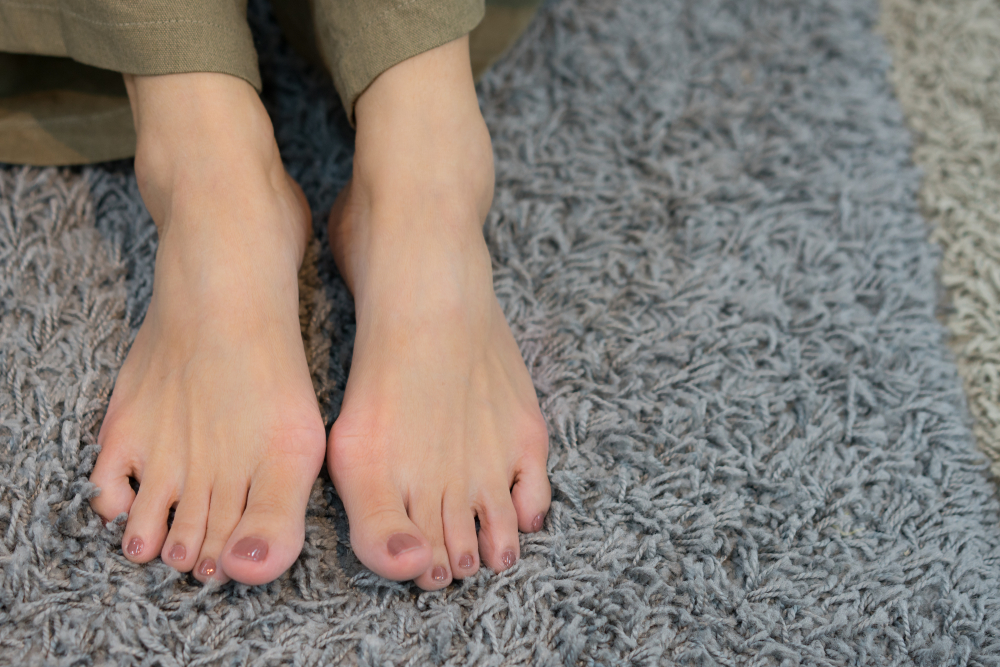
Toes and feet come in different shapes and sizes and some are just more attractive for others. Then there are strange toe conditions. “Hammer toes” is when the toes are bent into a claw-like position resulting from ill-fitting shoes or muscle imbalance. Wear shoes with a roomy toe box and use toe splints or pads to relieve pressure. “Misaligned Toes” are crooked or overlap and this is usually down to genetics but wearing tight shoes can induce the problem. Use toe separators and improve alignment with shoes that fit perfectly.
9. Flat Feet
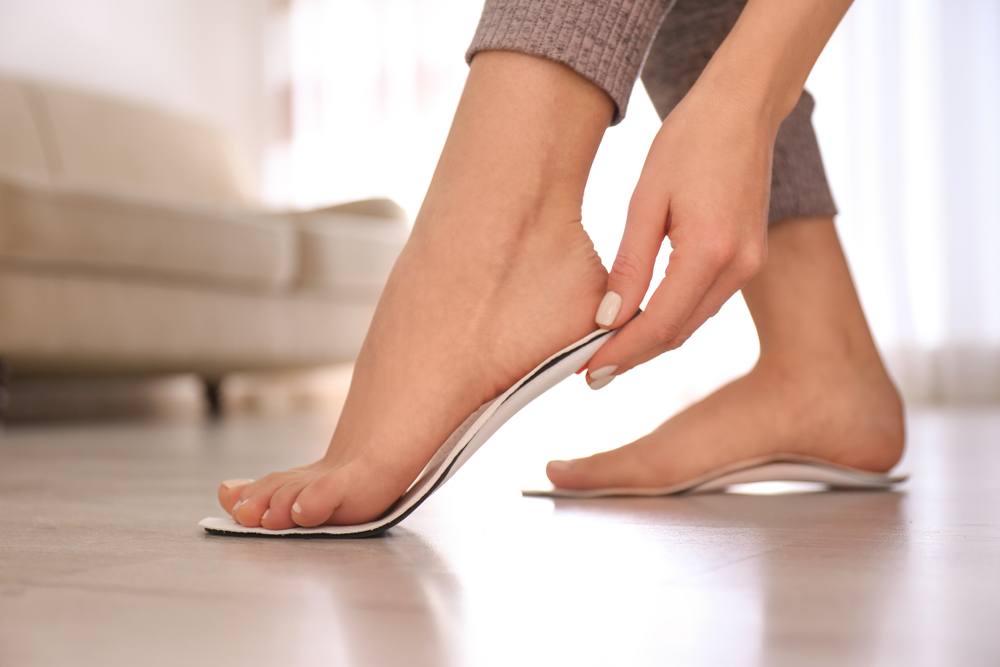
Having flat feet is not fun or all that attractive. If you don’t have an arch in the foot this can cause discomfort, and pain and make you unstable on your feet. Add arch supports to your shoes or get custom orthotic shoes and do regular strengthening exercises.
10. Painful Blisters
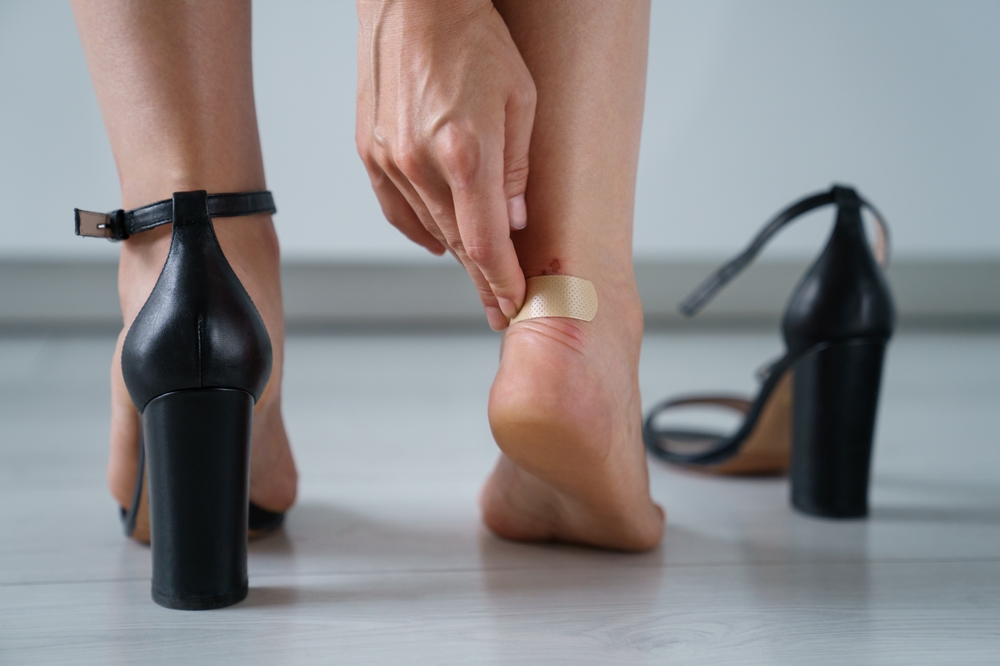
Blisters are a bit%h. We’ve all experienced that painful, mood-ruining feeling of the skin on our ankles and feet rubbing raw from wearing new or too-tight shoes. Blisters are fluid-filled pockets caused by friction and usually bubble up and burst (don’t pop them) exposing raw red skin that’s now open to infection. Make sure your shoes fit properly, wear them in before work or heading for a night out, and use blister pads and bandaids if you’re suffering.
11. Swollen Feet and Cankles
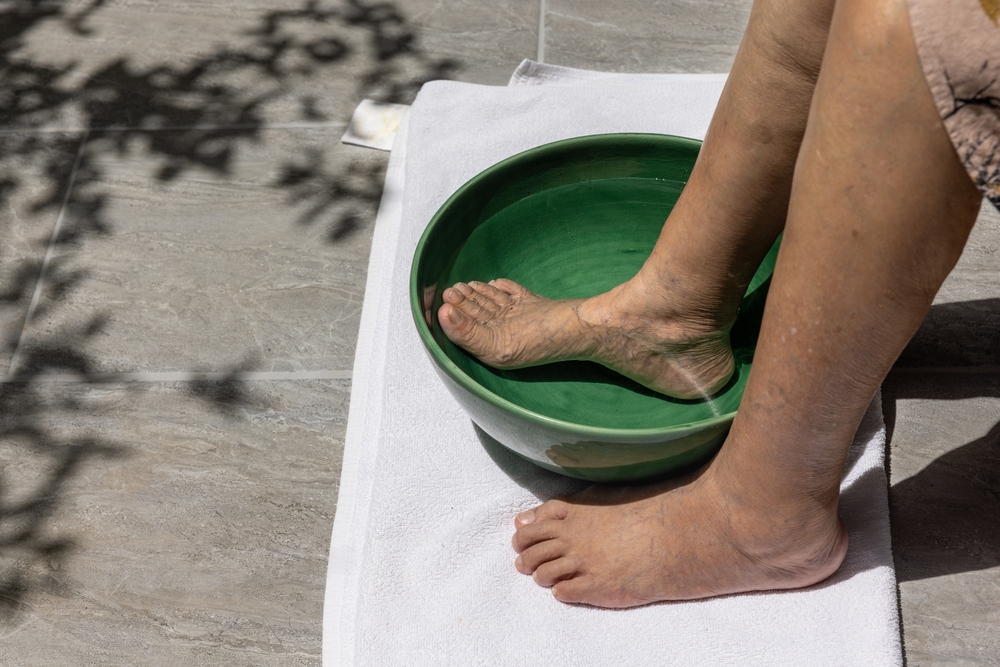
Swollen feet are often a sign of poor circulation and can be caused by standing for long periods of time. Hormonal imbalances during pregnancy and menopause impact circulation and cause water retention. Cankles are when there’s no distinction between your calf and ankle and these can happen when your feet swell or could be down to genetics or being overweight. Elevate your feet, wear compression socks, keep hydrated, exercise regularly and eat a well-balanced diet.
12. Unsightly Veins
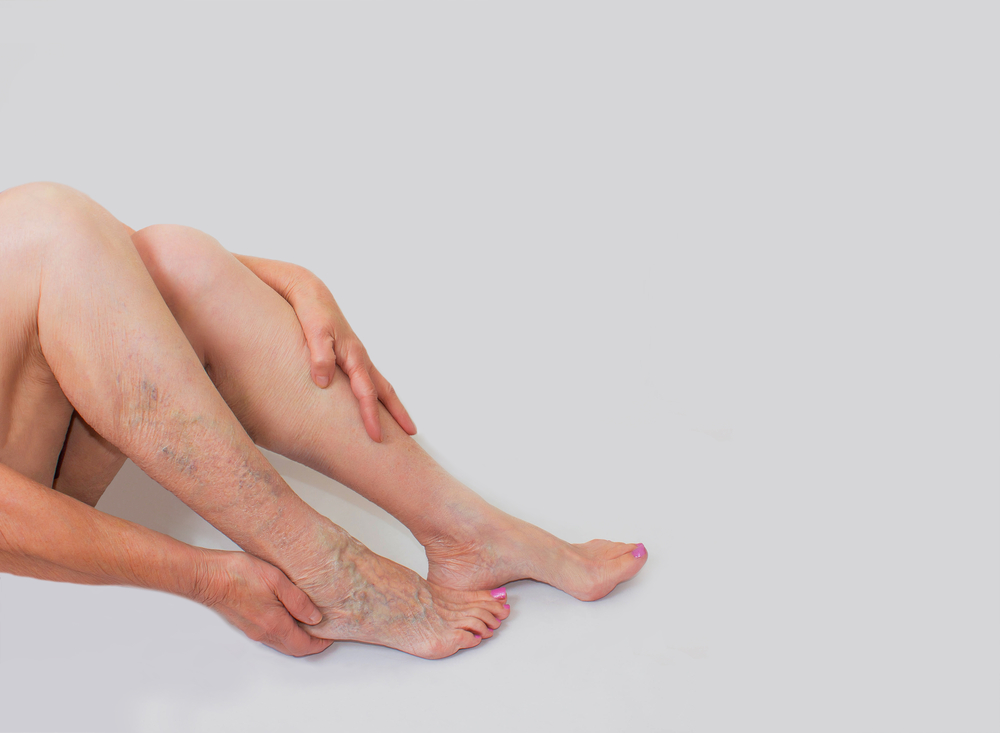
Spider or varicose veins are visible twisted red or purple veins that appear on your feet and legs. They are mostly caused by a lack of circulation which can be exacerbated during hormonal shifts. Do lower leg exercises to strengthen, tone, and boost circulation, elevate your legs, wear compression stockings, maintain a healthy weight, and consult your doctor on treatment options.
13. Foot Scars
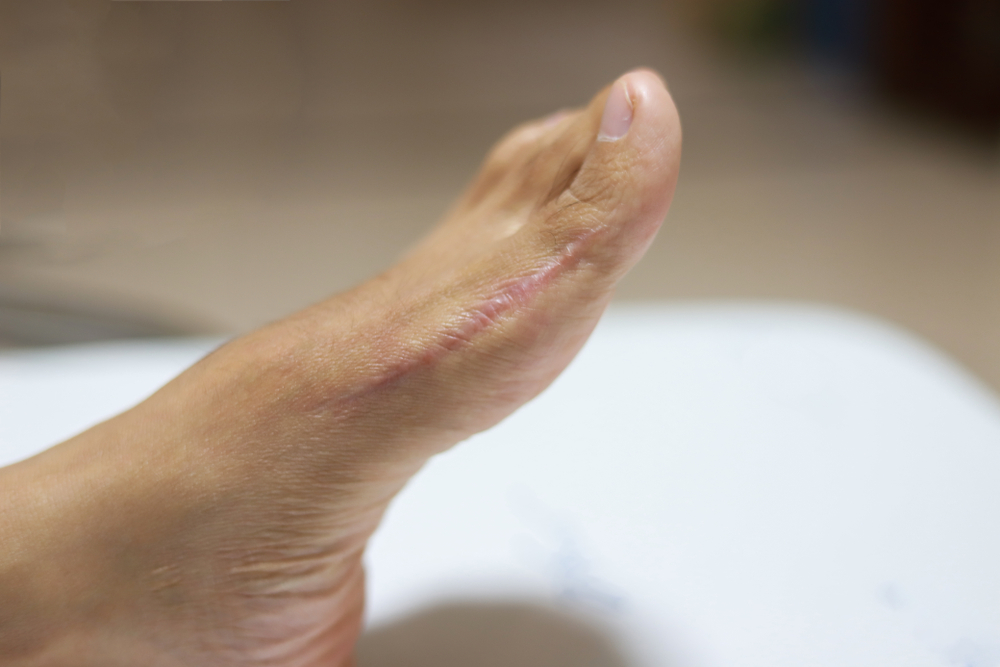
If you have noticeable scars from injuries or surgeries on your feet they can ruin their appearance. Apply topical treatments designed to reduce the appearance of red or raised scars or if the disfiguration is severe, look into medical procedures
14. Hairy Situation
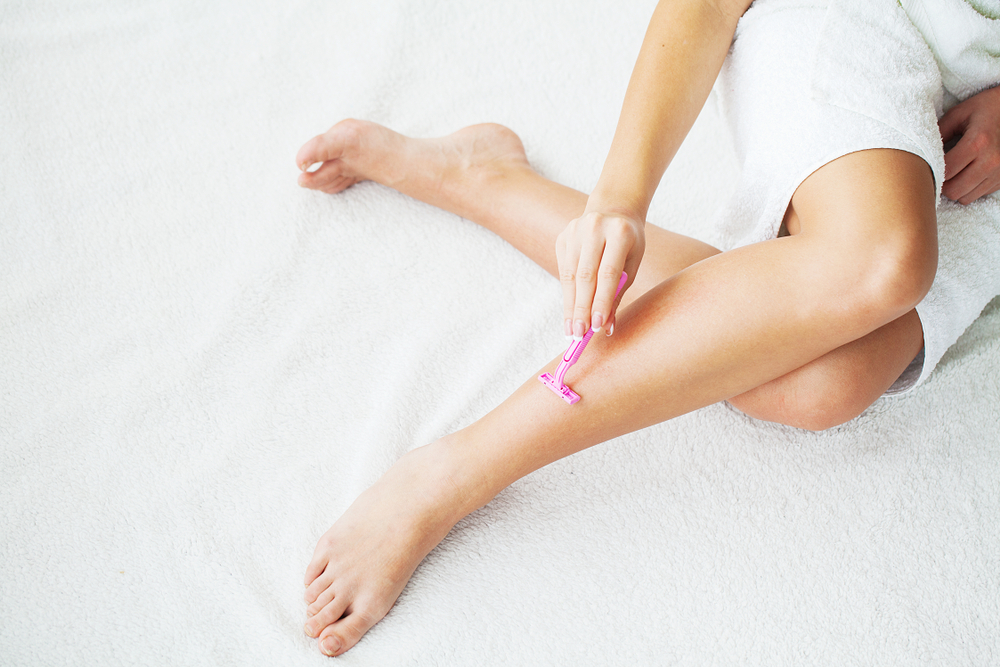
Visible hair on the toes and feet is a turn-off. Your hair removal routine should include trimming, waxing, shaving, or lasering all unwanted body hair, including on your feet. Sadly dark, thick, excessive hair can grow on the face, nipples, and feet from aging and hormonal imbalances.
15. Sun Damage
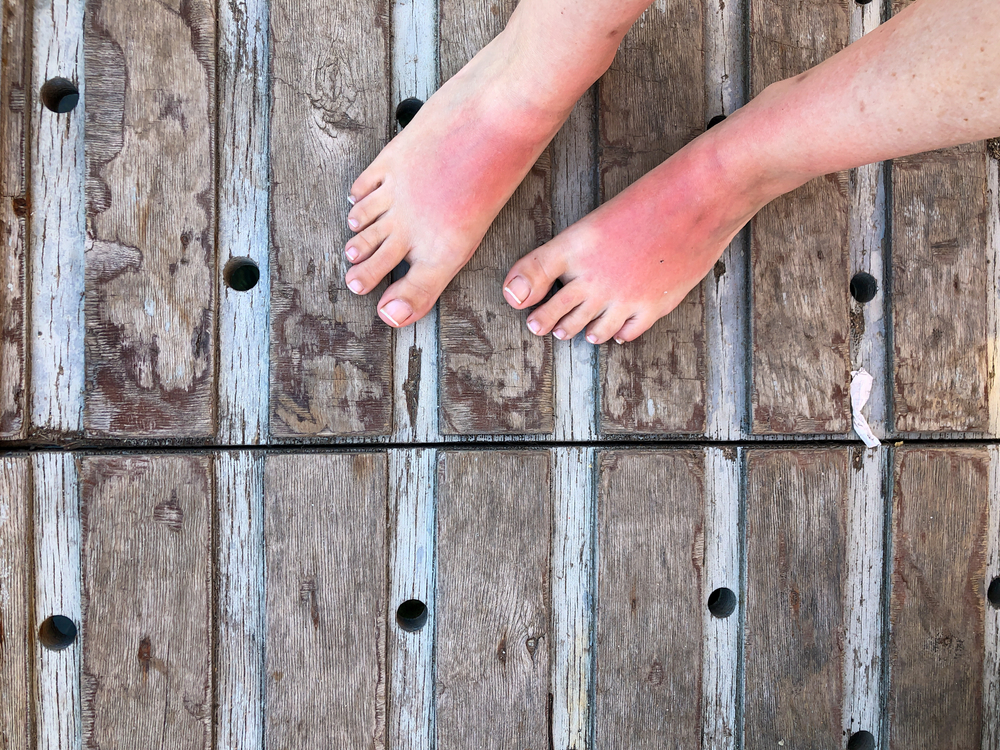
An essential part of your beauty routine is to wear SPF every day regardless of the weather. If you dutifully apply it to your face and body daily, please don’t forget your feet (or hands). The skin is finer and more delicate on your feet and hands and we often don’t consider how exposed they are. Damaging UV rays can cause redness, and irritation, speed up aging, and lead to brown dark spots and increased risk of skin cancer.

